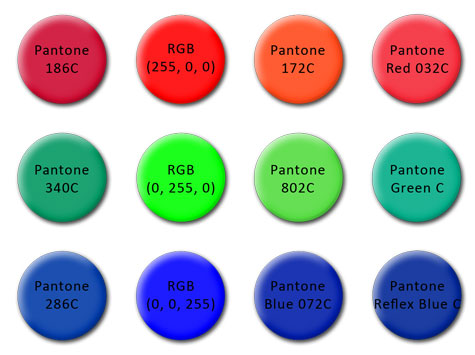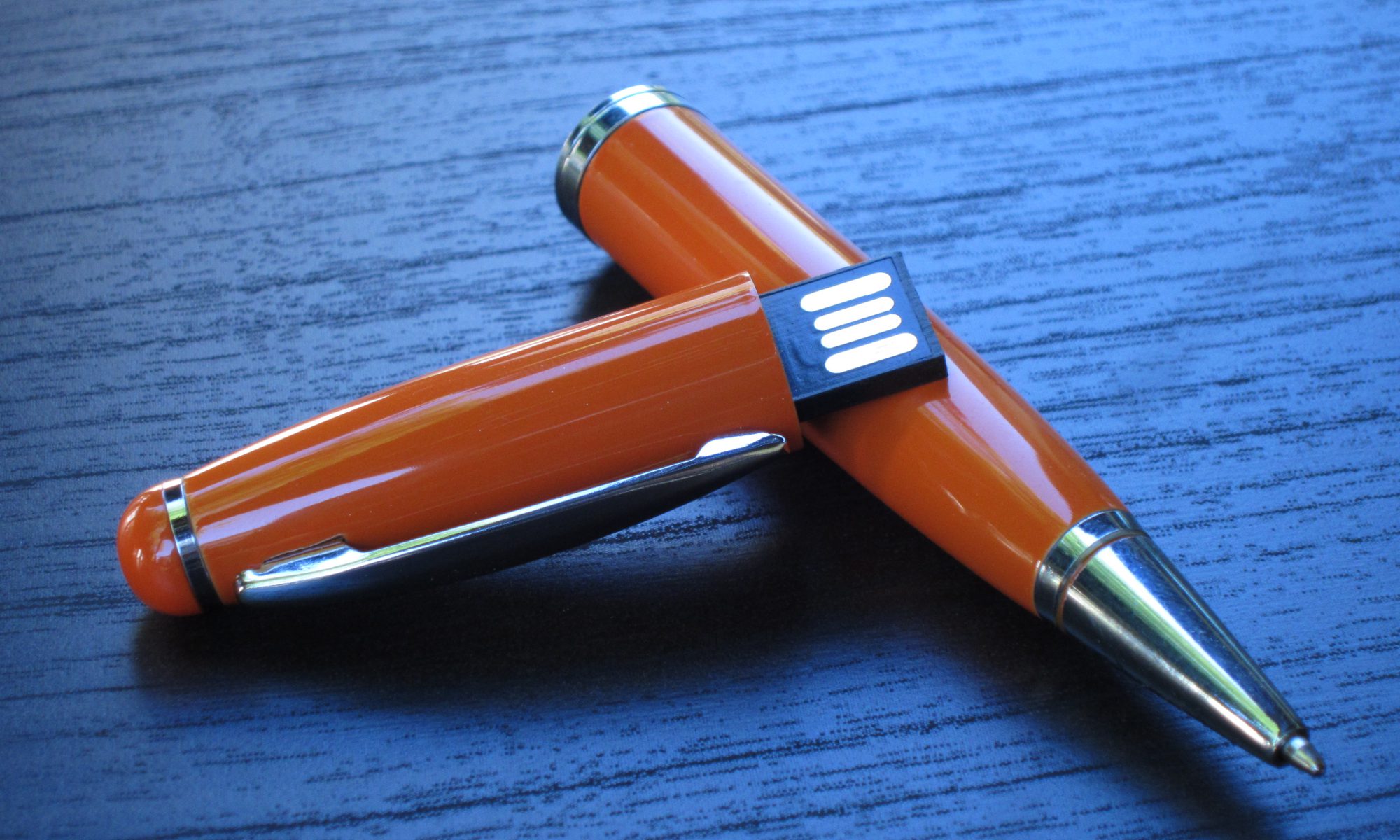It would be much simpler if everything was black or white. Fortunately, there are millions of colors that we can use to make our lives a little bit more lively and vibrant. When we see rich color all around, we try to enjoy it and rarely think technically about what makes color rich, bright, or lively.
If you are one of the people who does not think about the “technicals” of the color, it would be natural to select the color by the casual color name such as Royal Blue, Forest Green, or Deep Red. It would be safe to say that most of us don’t think about color in the terms of color mixing, numbers, and color models; it only comes natural to recall a favorite or required color on the familiar name.
In order to produce your favorite color for your custom logo or custom color casing, it would be necessary to convert it to a color model or more specifically a color space. Most frequently used color space for reproducing color in the plastic or printing your logos on plastic, metal, silicone, or PVC is the Pantone® color space. Other color models that can be used are RGB and CYMK, however these are converted (matched) to Pantone space for printing.
Let’s say your three favorite colors are Red, Green, and Blue that conveniently correspond to primary colors of RGB(255,0,0) for red, RGB(0,255,0) for green, and RGB(0,0,255) for blue. Once you decide to print your logo with your most favorite colors on a flash drive, lanyard, mug, or a glass, you may be faced with a conundrum. Let me demonstrate:

On the left, are red, green, and blue colors that are frequently chosen for the USB flash drive bodies (cases) and custom logos printed on the drives. Immediately to the right is the RGB primary color red, green, and blue; how do you like the colors? Before you answer the question, the closest matched Pantone colors to its RGB neighbor is the next column. Surprised? You may be even more surprised that the Pantone space has similarly named colors for red, green, and blue displayed in the rightmost column.
When you thought that you can simply print your favorite colors, now you are faced with a choice of 12 colors instead of basic 3. Before you think 12 from 3 is bad; consider the fact that your color monitor most likely displays the colors above differently than does mine. Why? We’ll cover this in our next post.
It is important to understand that color matching is often not an exact science. When converting from casual color names to any color space or from RGB/CYMK color space to Pantone space, one has to be flexible with the result. If what you are looking for is the best match, consider using the Pantone color space for plastic cases and logo printing. However, at the very minimum, do yourself a favor and select colors from any color space; you’ll be glad you did.
Most of us love colorful logos and shapes. However, when it comes down to reproducing the color, we need to get slightly technical. Convert your casual color name to a widely recognized color space or start working with Pantone colors from the very beginning. One way or another, understanding the world of color will pay off in the end with your your favorite color looking just like it should.

